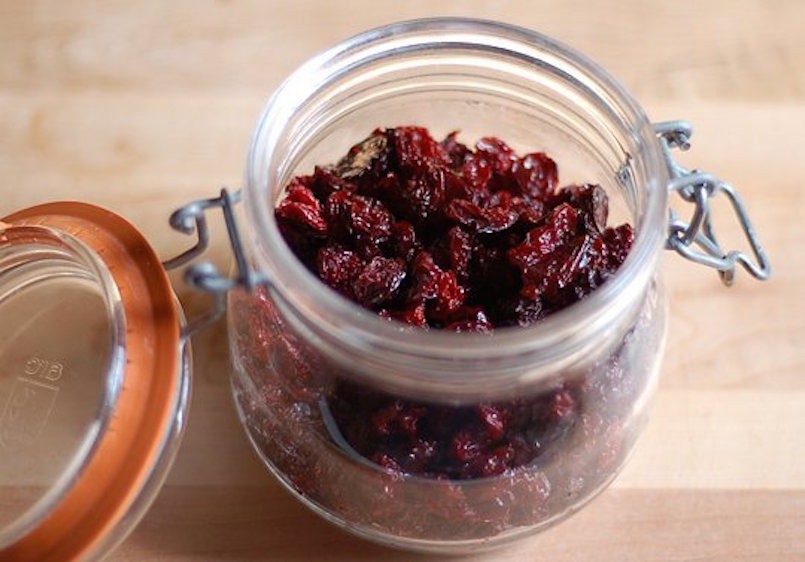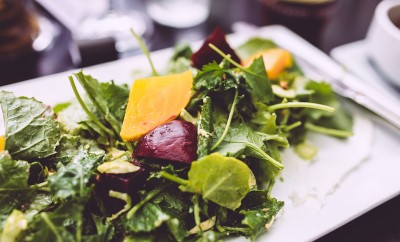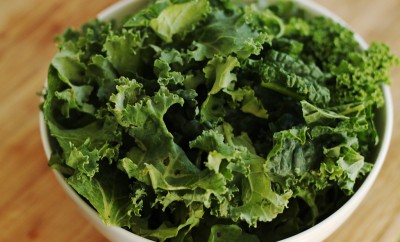Nutrition
Low-Sugar Homemade Dried Fruit

Image: The Kitchen
If you’ve been reading Outward On for a little while then you know we love trail mix, evidenced by our recipe roundup for all types of trail mix, this healthy recipe, and in our guidelines for healthy campsite foods. One of the key ingredients in most trail mixes is dried fruits, but they aren’t exactly the health food most believe when bought at the store. Store-bought dried fruits usually have large amounts of added sugars, and while you’ll need some energy boost from your trail mix when you’re hiking, trekking, biking or camping, processed sugars are not where you want to get that energy.
That’s why you ought to make your dried fruits at home — which you can do without a dehydrator. Here is the process:
Directions:
- Heat oven to the lowest temperature possible (200° or below)
- Spread your fruit on a silpat or parchment paper
- Cook in the oven until the moisture is mostly removed, anywhere from 6-10 hours, depending on fruit and temperature
This isn’t an exact science, and cooking times will vary based on several factors. Of course the oven temperature matters, and in an ideal world you’ll bake your fruits around 170° F, but anywhere up to 200° is okay. The types of fruits you’re drying will also impact the cook time, with smaller fruits like sour cherries or purple grapes taking less time than sweet cherries, white grapes or apples. Other things like elevation, humidity and the ripeness of your fruits all factor into this equation as well.
Easy fruits
- Sour cherries, like North Star or Montmorency varieties
- Blueberries
- Grapes (raisins)
More demanding fruits
We say these are demanding fruits, but really they just require a little bit of prep work the others don’t need.
- Apples
- Pears
- Strawberries
If you’re going to be dehydrating apples or pears, it’s really important that you slice them like pieces of bread, and then dip those slices in lemon juice to keep them from turning an unappealing brown color. Remember, the fruit is going to reduce in size during the cooking process, so slice them thicker than you want the final product to be. Strawberries should also be sliced like bread, but not quite as thick as apples. You can also skip the lemon juice. All of these can be chopped into smaller pieces after the cooking process.
Other fruits to try
- Apricots
- Tomatoes (Add just a bit of sugar to these)
- Peaches
- Bananas (Use lemon juice to stop the browning, just like with apples)
- Plums
- Pineapple
- Raspberries
- Citrus peels (just the peel, not the whole fruit)
Once you get the process down, dehydrating your own fruits at home is a piece of cake, and you’ll feel much better knowing exactly what is going into your body. These are a great high-carb snack that won’t pack in a lot of added sugar, which is going to result in good, clean and easy to use energy for fueling all your outdoor activities.





0 comments